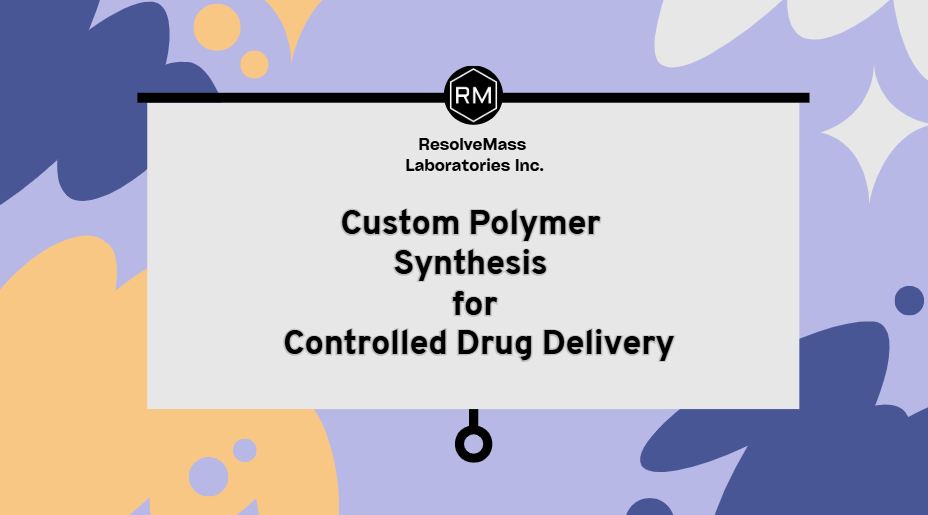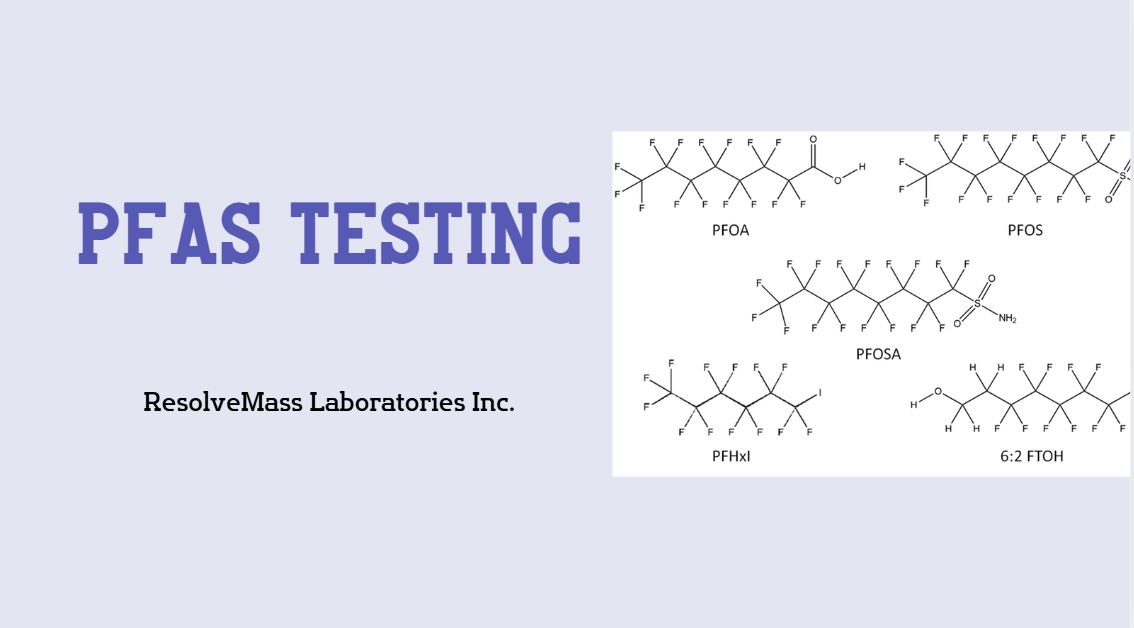Antibodies play a critical role in therapeutic development, particularly for conditions like cancer, autoimmune diseases, and infectious diseases. Antibody-based therapies have gained immense popularity due to their specificity and ability to target disease-causing agents effectively. However, the successful development of these therapies requires a deep understanding of the antibody’s structure, function, and genetic sequence. Antibody sequencing allows for the decoding of the genetic blueprint of antibodies, facilitating the development, optimization, and mass production of therapeutic antibodies.
In this blog, we will walk through the step-by-step process of antibody sequencing for therapeutic purposes, outlining each phase from sample preparation to sequence analysis. Understanding this process is essential for anyone involved in antibody drug discovery and development.
Step 1: Sample Collection and Preparation
The first step in the antibody sequencing process is collecting a suitable sample from which the antibody of interest can be isolated. Antibodies can be sourced from different biological samples, including:
- Serum or plasma (for polyclonal antibodies)
- Hybridoma cells (for monoclonal antibodies)
- B cells (for recombinant antibodies)
Once the sample is collected, it undergoes preparation to ensure it is suitable for sequencing. This involves purification techniques like affinity chromatography to isolate antibodies from the sample and ensure the removal of contaminants such as proteins, nucleic acids, and lipids.
Key Considerations:
- Proper sample handling is crucial to avoid degradation of the antibodies.
- The choice of purification method depends on the source and nature of the antibodies (e.g., polyclonal vs. monoclonal).
Step 2: Antibody Fragmentation
In many cases, intact antibodies are too large and complex for direct sequencing. To overcome this, the antibodies are often fragmented into smaller, more manageable parts. This step can involve cleaving the antibody into its functional components, such as the Fab (Fragment antigen-binding) and Fc (Fragment crystallizable) regions, or even further fragmentation into smaller peptides through proteolytic digestion using enzymes like trypsin.
By fragmenting the antibody, researchers ensure that each part can be sequenced individually, improving accuracy and resolution.
Key Considerations:
- Fragmentation methods like enzymatic digestion should be carefully optimized to ensure that all regions of the antibody are represented in the sequence data.
Step 3: Protein Sequencing via Mass Spectrometry
Once the antibody is fragmented, the next step involves sequencing the protein fragments. Mass spectrometry (MS) is the most commonly used method for protein sequencing. The process begins with ionizing the fragmented peptides, followed by measuring their mass-to-charge ratios. Based on this data, the amino acid sequence of each peptide can be deduced.
Mass Spectrometry Workflow:
- Ionization: The peptide fragments are ionized using techniques like electrospray ionization (ESI) or matrix-assisted laser desorption/ionization (MALDI).
- Separation: The ionized peptides are separated in a mass spectrometer based on their mass-to-charge ratio.
- Detection: The detector captures the signals corresponding to different peptide fragments, allowing for sequence determination.
Key Considerations:
- Proper calibration of the mass spectrometer is essential for high-resolution data.
- De novo peptide sequencing algorithms can be used to interpret the MS data and generate the amino acid sequence.
Step 4: RNA Sequencing (For Hybridoma or B Cells)
If the therapeutic antibody is derived from hybridoma cells or B cells, RNA sequencing may also be performed to obtain the genetic sequence coding for the antibody. This is particularly important for recombinant antibody development, where the genetic sequence is used for mass production of the antibody in expression systems.
RNA Sequencing Workflow:
- RNA Isolation: Total RNA is extracted from the hybridoma or B cells.
- cDNA Synthesis: The isolated RNA is reverse-transcribed into complementary DNA (cDNA).
- Amplification: Using RT-PCR, specific primers for the heavy chain (VH) and light chain (VL) variable regions are employed to amplify the antibody-encoding sequences.
- Sequencing: The amplified cDNA is sequenced using high-throughput sequencing methods like next-generation sequencing (NGS) or Sanger sequencing.
Key Considerations:
- High-quality RNA is essential for accurate sequencing.
- Primer design is crucial for capturing both heavy and light chain sequences.
Step 5: Data Analysis and Sequence Assembly
Once the sequencing data from either mass spectrometry or RNA sequencing is generated, the next step is to assemble the raw data into a full-length antibody sequence. This process often involves the use of specialized bioinformatics tools to analyze and piece together the sequences of the heavy and light chains.
Data Analysis Workflow:
- Peptide Mapping: In MS-based sequencing, software tools align the fragmented peptides to reconstruct the full-length antibody sequence.
- Sequence Assembly: For RNA sequencing, algorithms align overlapping sequence reads to generate a consensus sequence for both the VH and VL regions.
- Validation: The assembled sequence is validated using databases of known antibody sequences to ensure its accuracy.
Key Considerations:
- IgBLAST and other tools are commonly used for analyzing antibody sequences and confirming their identity.
- Post-translation modifications (PTMs) such as glycosylation may be identified during analysis, impacting the functionality of the antibody.
Step 6: Antibody Re-Engineering
Once the full sequence of the therapeutic antibody is obtained, the antibody may undergo re-engineering to optimize its efficacy, reduce immunogenicity, or improve stability. For instance, humanization of murine antibodies (antibodies derived from mice) is a common strategy to make them suitable for therapeutic use in humans.
Re-engineering Strategies:
- Affinity Maturation: Improving the binding affinity of the antibody to its target antigen through mutagenesis and selection.
- Humanization: Modifying non-human antibodies to resemble human antibodies to minimize the risk of immune rejection.
- Optimization of Fc Region: Engineering the Fc region to improve effector functions such as antibody-dependent cellular cytotoxicity (ADCC).
Key Considerations:
- Structural analysis may be performed post-sequencing to identify critical regions for binding or effector functions.
- Functional assays are required to test the efficacy of re-engineered antibodies.
Step 7: Expression and Production of Therapeutic Antibodies
With the validated antibody sequence in hand, the next step is the expression and large-scale production of the therapeutic antibody. The sequence encoding the heavy and light chains is cloned into an expression vector, which is then introduced into host cells such as Chinese hamster ovary (CHO) cells for recombinant production.
Expression Workflow:
- Cloning: The antibody gene is cloned into a suitable vector.
- Expression: The vector is transfected into host cells, which express the antibody.
- Purification: The expressed antibody is purified from the cell culture medium using techniques such as Protein A affinity chromatography.
- Characterization: The produced antibody is characterized to confirm its structure, activity, and purity.
Key Considerations:
- Optimization of the expression system is essential for high yield and quality.
- Post-expression modifications, such as glycosylation, need to be closely monitored.
Conclusion
Antibody sequencing is a complex, multi-step process that lies at the heart of therapeutic antibody development. From the initial sample preparation and fragmentation to sophisticated sequencing techniques like mass spectrometry and RNA sequencing, each step plays a crucial role in ensuring that the final antibody product is effective, safe, and suitable for therapeutic use. By understanding and mastering each stage of this process, researchers can unlock the full potential of antibody-based therapies.
At ResolveMass Laboratories Inc., we specialize in providing cutting-edge antibody sequencing services, tailored to meet the specific needs of therapeutic development. Whether you’re looking to optimize existing antibodies or develop new therapeutic candidates, our expertise can help you navigate the complexities of antibody sequencing with precision and efficiency.
References
- Lee, H. J., et al. (2021). Advances in Therapeutic Antibody Discovery and Development. Biological Chemistry, 402(4), 487-502. DOI: 10.1515/hsz-2020-0245
- Salazar, G., et al. (2020). Single-cell RNA sequencing in immunology research. Nature Reviews Immunology, 20(9), 541-552. DOI: 10.1038/s41577-020-0378-x
- Gomez-Rivas, E., et al. (2019). Antibody discovery and development using RNA sequencing. Journal of Immunological Methods, 473, 112633. DOI: 10.1016/j.jim.2019.112633

